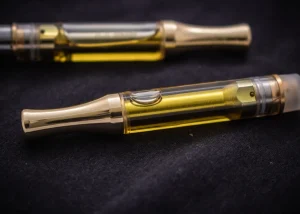
A control valve is an energy-powered device used to manage or control the flow of liquids such as oil, gas, steam, and water. It is a basic part of a control circle and is an illustration of a final control component. The honeywell control valves are by far the last most popular control component used in the industry today.
Valve Actuator Control
A control valve can be operated electrically, pneumatically, or using pressurized water. A control valve receives a signal from a regulator, for example, a PLC to make it move to cause a flow adjustment. As the PLC signal is electrical, the control valve may require a device to change this electrical signal for it to work. A control valve has two separate parts: the valve and the actuator.
Inlet valve Verses Butterfly valve
In a straight-moving valve, stem and valve development is out of control. A typical type of slider valve is the gate valve. A swivel valve in virtually all cases rotates 90° from the open position to the closed position. A commonly used rotary valve is the Butterfly Valve.
Valve Activity Control
The actuator is the device associated with the valve through the valve stem that provides the expected power to move the valve. As we said before, the actuator can be electrically, pneumatically, or powerfully controlled. The most widely recognized and the most solid is the “Pneumatic Actuator”. The control valve receives a signal from a regulator, eg a PLC or a DCS to operate. The regulator analyzes the genuine flow rate for the ideal flow estimate called the setpoint. The regulator will provide a result to move the valve to bring the flow rate to the setpoint estimate.
Valve Protection Mode Control
In light of how pneumatic actuators are manufactured, a control valve will neglect a specific position when a control signal deficiency occurs. As the pneumatic stress of the stock is expanded, the elastic stomach pushes on the spring and causes the valve stem to drop into the valve body. As the gas tension of the stock decreases, the spring will move the valve stem out of the body. The situation in which the control valve is moved in the chance that a signal deficiency occurs is referred to as the protection mode. The type of protection mode depends on the application for which the control valve is used. In typical activity, the spring force must be overcome by the electric or pneumatic actuator.







